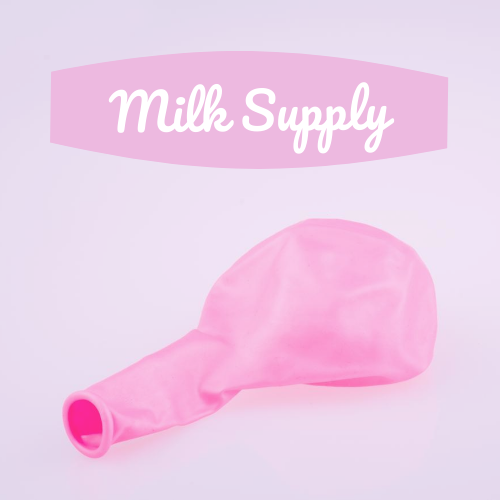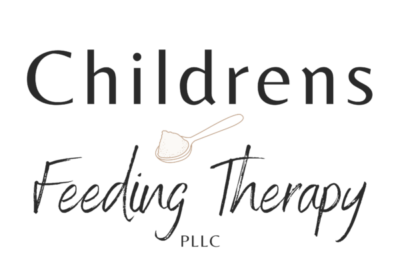“NOT ALL SUPERHEROES WEAR CAPES, SOME WEAR NURSING BRAS.”

WHEN SHOULD YOU CALL A LACTATION COUNSELOR?
- If you are experiencing persistent nipple pain, cracked or blistered nipples.
- Your baby is not able to latch.
- Your are worried about your supply of breastmilk.
- Your baby has reflux or other known GI problems that interfere with feeding.
- You have or suspect you may have a breast infection.
- Your baby is not able to sustain a feeding.
- Your baby was born with a genetic disorder and is having a difficult time breastfeeding.
- Your baby is not gaining an appropriate amount of weight.
- You want to develop a plan for returning to work.
- You feel that breastfeeding is not going well, or you are not enjoying breastfeeding.
What does a Lactation counseling evaluation look like?
A comprehensive history of your breast feeding and medical history will be taken prior to observation of a feeding. Skin to skin will be established followed by observed of a typical feeding. Assessments will be made to overall breast health, the babies ability to successfully latch and encourage milk exchange. Individualized strategies will be provided throughout the feeding in order to help aid in success. Initial evaluation typically take 1-2 hours depending on the mothers and babies needs.
Why see a speech therapist for lactation needs?
Speech therapists are trained to be experts in feeding and swallowing. The additional certification of Lactation Counselor allows a speech therapist to not only assess latch and breast health, but also the babies oral structures, optimal positioning needs and swallowing safety. In addition, speech therapists collaborate closely with pediatric dentists in order to help families if a tongue or lip tie is suspected.
Resources
| Professional/Organizations | Milk Banks |
| *International Lactation Consultant Association: www.ilca.org *La Leche League: www.llli.org *American Academy of Pediatrics: www.aap.org *American Academy of Breastfeeding Medicine: www.bfmed.org | *Human Milk Banking Association of North America: www.hmbana.org *Mothers Milk Bank of North Texas: https://texasmilkbank.org |
Tips for Success

Skin to Skin for the win
Babies and mamas were meant to be connected! The benefits of skin to skin, not only after birth, are countless. These days we have many different “carriers” we place our babies in. As a mom I know I loved my dock-a-tot and boppy to lay my son in to get some well needed rest or chores done. However, using a sling or resting physically connected with your baby has benefits that effect, not only your milk supply, but also your mental health following birth. Keep those babies in the “breast-araunt”! Benefits of regular skin to skin include:
- Increased milk volume
- Correct suckling
- Less crying
- Decreased rate of postpartum hemorrhage
- Babies that can more easily regulate their own temperature (Fun fact: each breast will warm to the exact temperature your infant needs- even in twin pregnancies).

Infant cues not the infant timer
There are numerous apps to time your babies feedings and alerts to when the next breast should be offered. I urge moms to put down the timers and apps, start watching your babies cues, and feeling your own body to know when your little one has had enough milk. Babies tiny hands tell us a lot about their satisfaction from a feeding.
- Two open hands=I’m happy, full and content. No need to offer the second breast or continue feeding
- One hand open= I’m almost content, you could offer the second breast/additional feedings to see if your baby is interested.
- Both hands tightly clamped= I’m ready for more mama.
Always watch and listen for swallowing and make sure to feel your breasts to check for softening.

No pain, no exceptions
A successful latch is not painful, let me repeat, A successful latch is not painful. As a new mom, I myself ignored this and suffered for far too long. Cracked, bleeding, bruised nipples are not normal and I urge you to reach out for help ASAP. Far too many mama’s suffer in silence or give up because of the pain. In the first two weeks you should feel tugging on your nipples and possibly some mild discomfort at the exact time of the latch, but this should immediately subside. There are many different strategies and small changes that can be made to help correct a latch in order to subside any pain during breast feeding.

Trust in the poopy diapers
Milk supply is one of the top concerns for most mamas. Is my baby getting enough? Are they gaining enough weight? Why are they hungry AGAIN? Here are some incredible findings regarding breast milk that should put your mama heart at ease:
- In the mornings when milk volume is high, it contains less calories and fat.
- In the evenings when milk volume is low, it contains more calories and fat.
- Breast milk becomes higher in fat and calories at 6 months postpartum and 1 year postpartum.
- Four on Four: A baby should have 4 poopy diapers on day four and each day after. Poopy diapers are a better indicator of nutrition then wet diapers.
In addition, your milk supply should be thought of as a water balloon attached to a water source. Even when the water source slows down-its always there ready to be turned on and up again. The best way to increase that supply is not lactation cookies and gallons of water- but frequent feedings and increased skin to skin.

